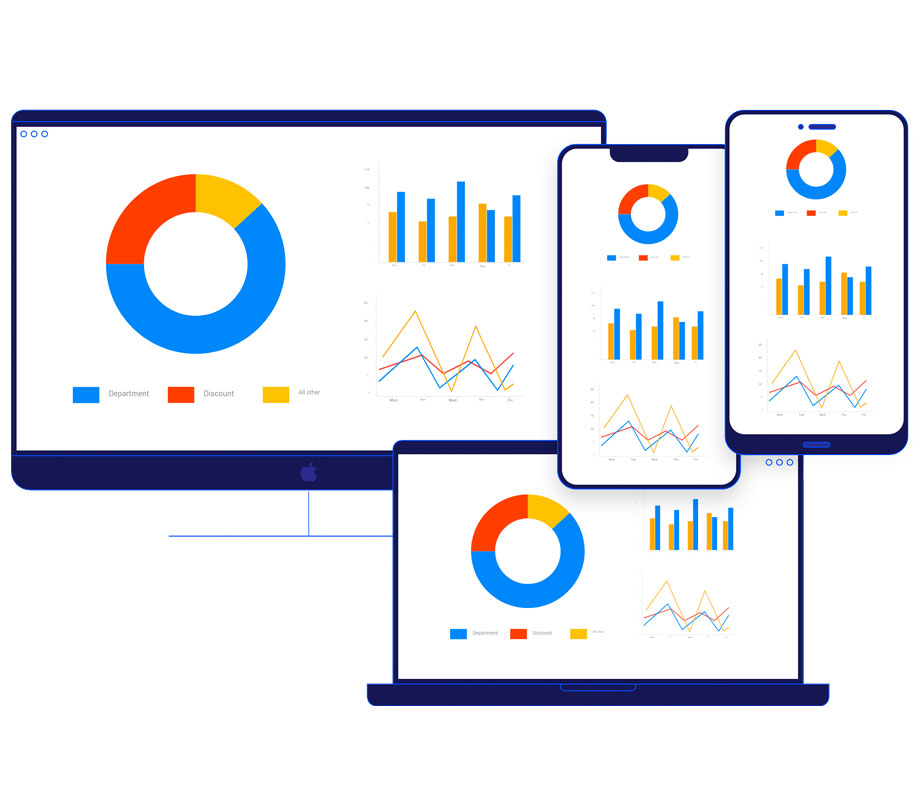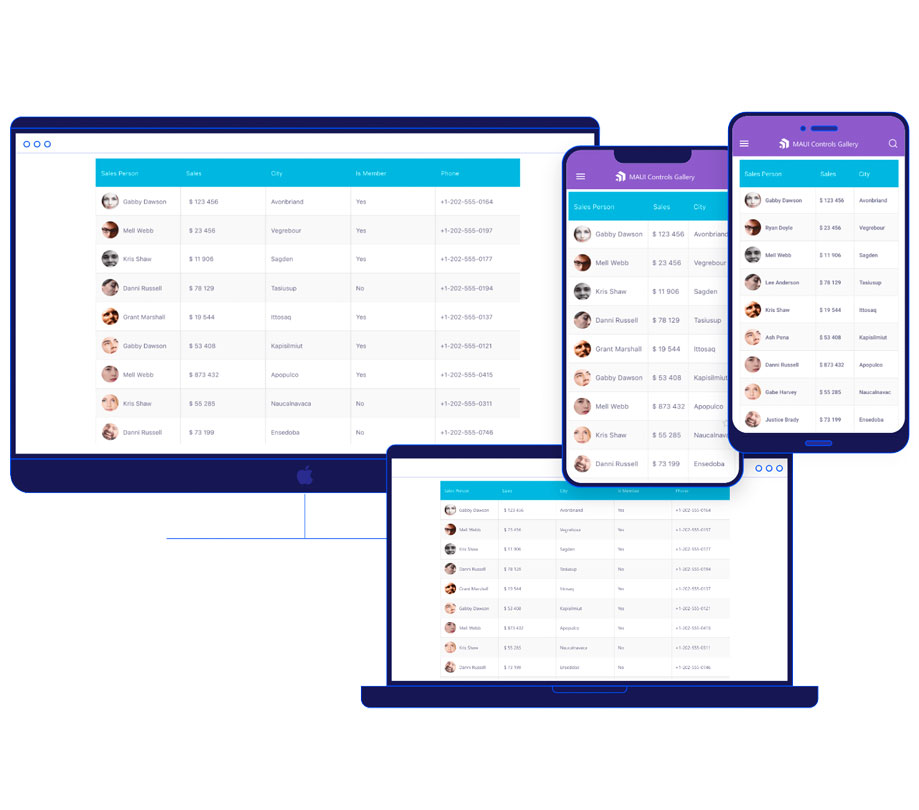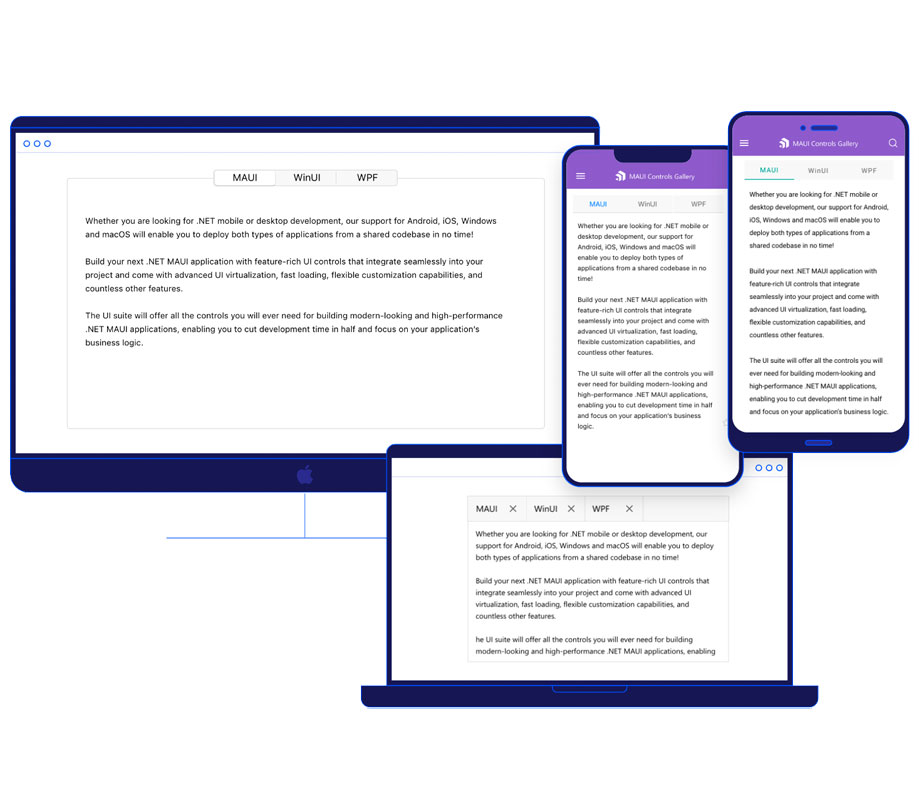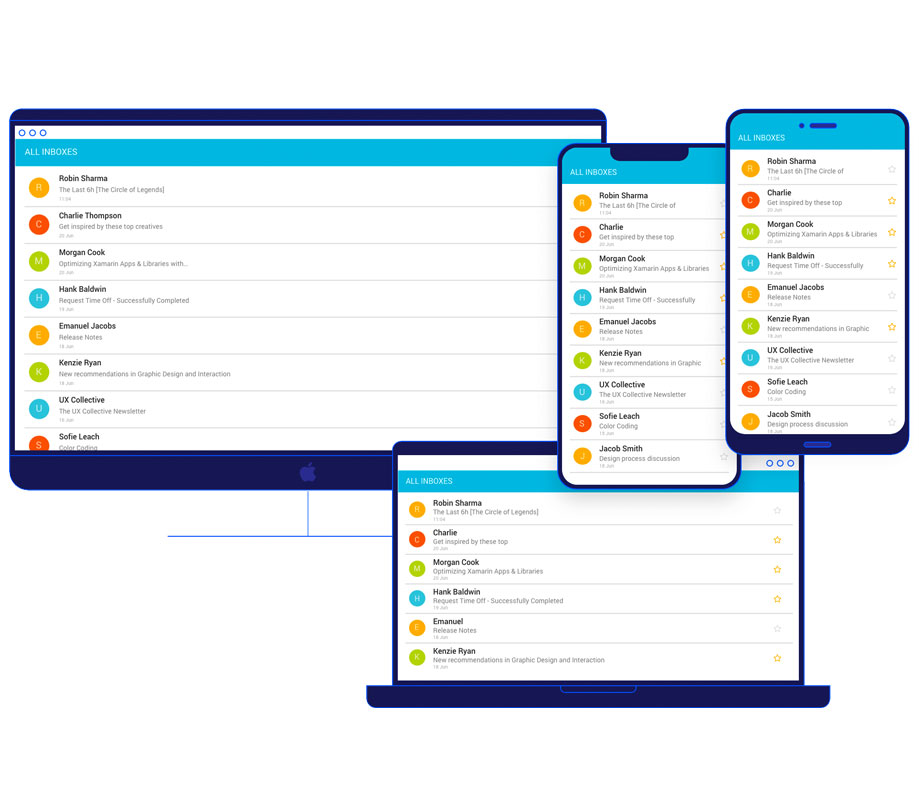NET MAUI and the end of IE
Thursday, August 4, 2022

|
Richard Harris |
We recently caught up with Sam Basu, Progress Developer Advocate for Telerik, and chatted about the end of IE, the rollout of .NET MAUI, the future impacts it has on web development, and how Telerik's UI offers a wide range of 50+ components that enables developers to build app functionality fast.
Earlier this year, Microsoft announced the general availability of .NET MAUI, enabling developers to build cross-platform applications from a single codebase, saving costs, and eliminating the need to maintain multiple codebases.
According to Microsoft, the primary goal of .NET MAUI is to enable developers "to deliver the best app experience as designed specially by each platform (Android, iOS, macOS, Windows, Tizen), while enabling you to craft consistent brand experiences through rich styling and graphics."
Additionally, with the end of Internet Explorer, front-end development enters a new era. As someone who has worked with .NET for over 20 years, Sam Basu, Developer Advocate shared his thoughts with ADM on the future of web development.
ADM: What does the retirement of Internet Explorer mean for front-end development?
Basu: The end of life for IE is a historical milestone, starting from the browser wars of the 90s. Large enterprise web apps, in the past, often depended on specific IE features or plugin functionality through Silverlight. However, the writing has been on the wall and enterprises have had the time to modernize apps for newer web platforms.
Modern front-end development rides on the shoulder of evergreen browsers, like Chrome, Edge, Safari, Firefox, and others. Today’s browsers offer much more platform functionality to developers through JavaScript or higher level languages like C# and better protection against cyber threats.
ADM: How does the rollout of .NET MAUI fit into the conversation and impact the future of web development?
Basu: .NET MAUI is the next generation of cross-platform .NET stack for native mobile and desktop apps. While .NET MAUI is not meant for web development, what it does encourage is code sharing with front-end platforms. Modern web apps written with Blazor or JS frameworks are welcome to be reused within native .NET MAUI apps. The future of web development on .NET is intertwined with mobile/desktop apps and code sharing is suitable for developers/enterprises.

ADM: What are some of the most common challenges developers face when learning .NET MAUI? Have there been any issues migrating from Xamarin.Forms?
Basu: .NET MAUI cross-platform apps will be written with C#/XAML/Blazor and most .NET developers should feel right at home with framework/tooling. The learning curve for anyone getting in new would involve understanding the UI stack, native platform API usage, C# fundamentals, and MVVM design patterns thankfully a lot of love has been poured into the documentation to onboard developers quicker. Migration from Xamarin.Forms should be straightforward and automation tools are being built to help the journey.

ADM: How can developers lean into .NET MAUI to create a productive and welcoming community for developers new and old?
Basu: While the early days, .NET MAUI is already enjoying a rich ecosystem and a passionate developer community. Developers learn in a variety of ways thankfully, there are plenty of articles, videos, workshops, live streams, books, documentation, and forums to get started. As experienced developers share their passion openly, newer folks coming into modern app development in .NET should feel welcome. The developer community is stepping up big time with content the weekly Sands of MAUI newsletter tries to collect the latest .NET MAUI news to keep developers informed.
ADM: Progress offers Telerik UI for .NET MAUI. What are these components used for and how would you comment on the portability of the components on the platforms supported by MAUI?
Basu: Progress enables developers to be more productive and Telerik UI for .NET MAUI is the first UI component suite generally available with full support. Telerik UI for .NET MAUI offers a wide range of 50+ UI components that are polished, customizable, and highly performance-tuned, this is aimed at developers who want to build app functionality fast and ready to grab well-engineered UI controls out of the box. The Telerik UI for .NET MAUI components are also perfect for the portability of UI code cross-platform rendering works seamlessly on iOS, Android, Windows, and Mac while catering to unique UX on each platform.

ADM: More generally, Microsoft has modified its roadmap around .NET and has announced numerous developments over the past two years. What are the announcements or the key technologies that have had the most impact on your customers? And similarly, how do you integrate/support them with your products?
Basu: .NET has come a long way in the last few years now an open source stack for targeting a wide variety of platforms with solid developer tooling. Blazor and .NET MAUI has been a huge milestone, enabling modern cross-platform client-side development with code sharing. Progress Telerik has always worked closely with Microsoft with zero-day support for the latest application stacks with complex UI out of the box and tooling that is integrated with developer workflows. A lot of Progress customers are looking for migration and modernization with modern .NET and polished UI suites with solid tooling to enable enterprises to move forward. Progress is also a partner in every step of the enterprise app development journey from development, reporting, debugging, and testing.
ADM: GA Rollout was a 1.5-year process but what does the .NET MAUI ecosystem need to bring more enterprise investments and application building to the space?
Basu: .NET MAUI is a significant evolution with a lot of engineering investments and dependencies on underlying native platforms. Hitting GA is the beginning of the journey through which developers and enterprises should see the promise of a modern cross-platform .NET strategy. With more VS tooling in the works, migration guides, developer community excitement, and success stories, the .NET MAUI ecosystem is poised to enjoy a steady cadence of new app development and modernization workflows to bring apps forward.
Sam Basu, Microsft MVP and Progress Developer Advocate for Telerik products
Sam Basu is a technologist, author, speaker, Microsoft MVP, gadget-lover, and Progress Developer Advocate for Telerik products. With a lengthy developer background, he now spends much of his time advocating modern web/mobile/cloud development platforms on Microsoft/Telerik technology stacks. His spare times call for travel, fast cars, cricket, and culinary adventures with the family. You can find him on the internet.


Become a subscriber of App Developer Magazine for just $5.99 a month and take advantage of all these perks.
MEMBERS GET ACCESS TO
- - Exclusive content from leaders in the industry
- - Q&A articles from industry leaders
- - Tips and tricks from the most successful developers weekly
- - Monthly issues, including all 90+ back-issues since 2012
- - Event discounts and early-bird signups
- - Gain insight from top achievers in the app store
- - Learn what tools to use, what SDK's to use, and more
Subscribe here










